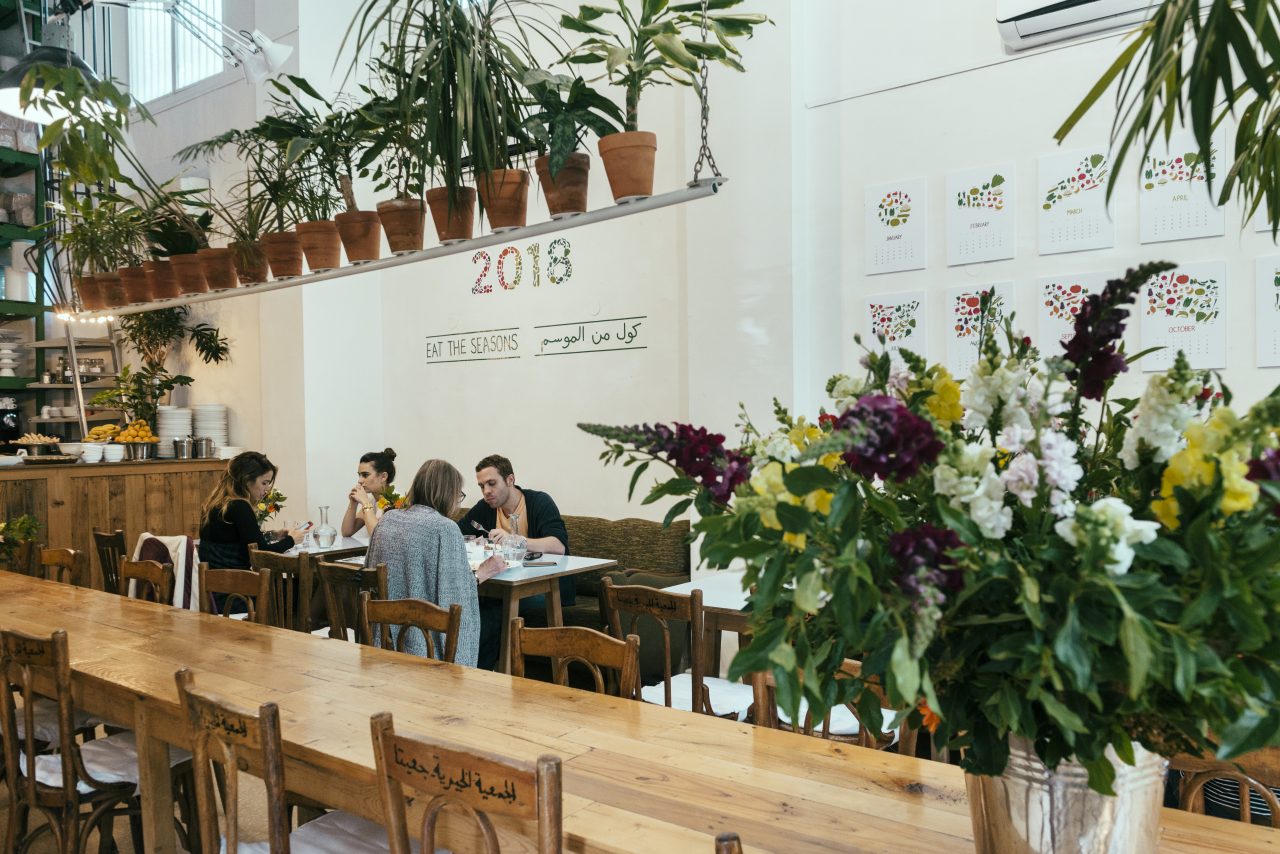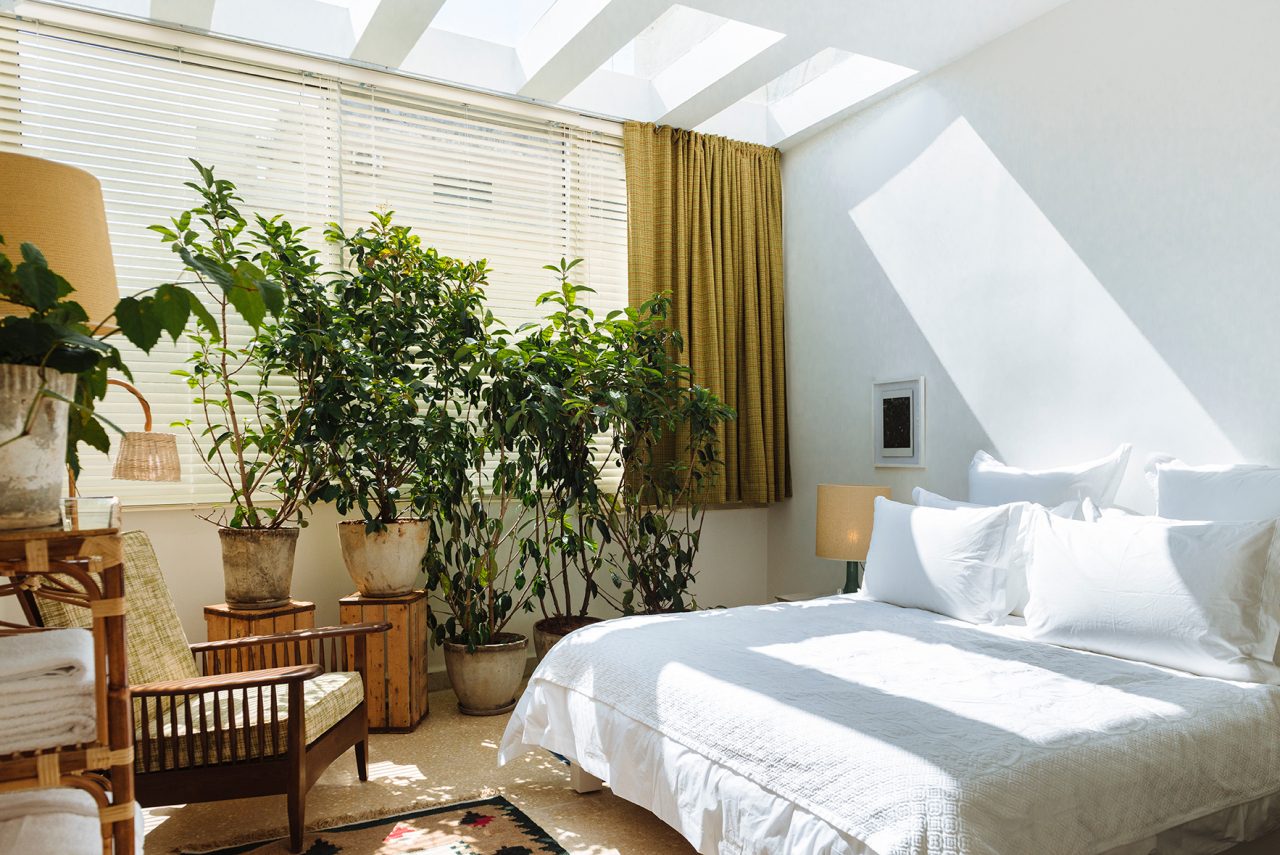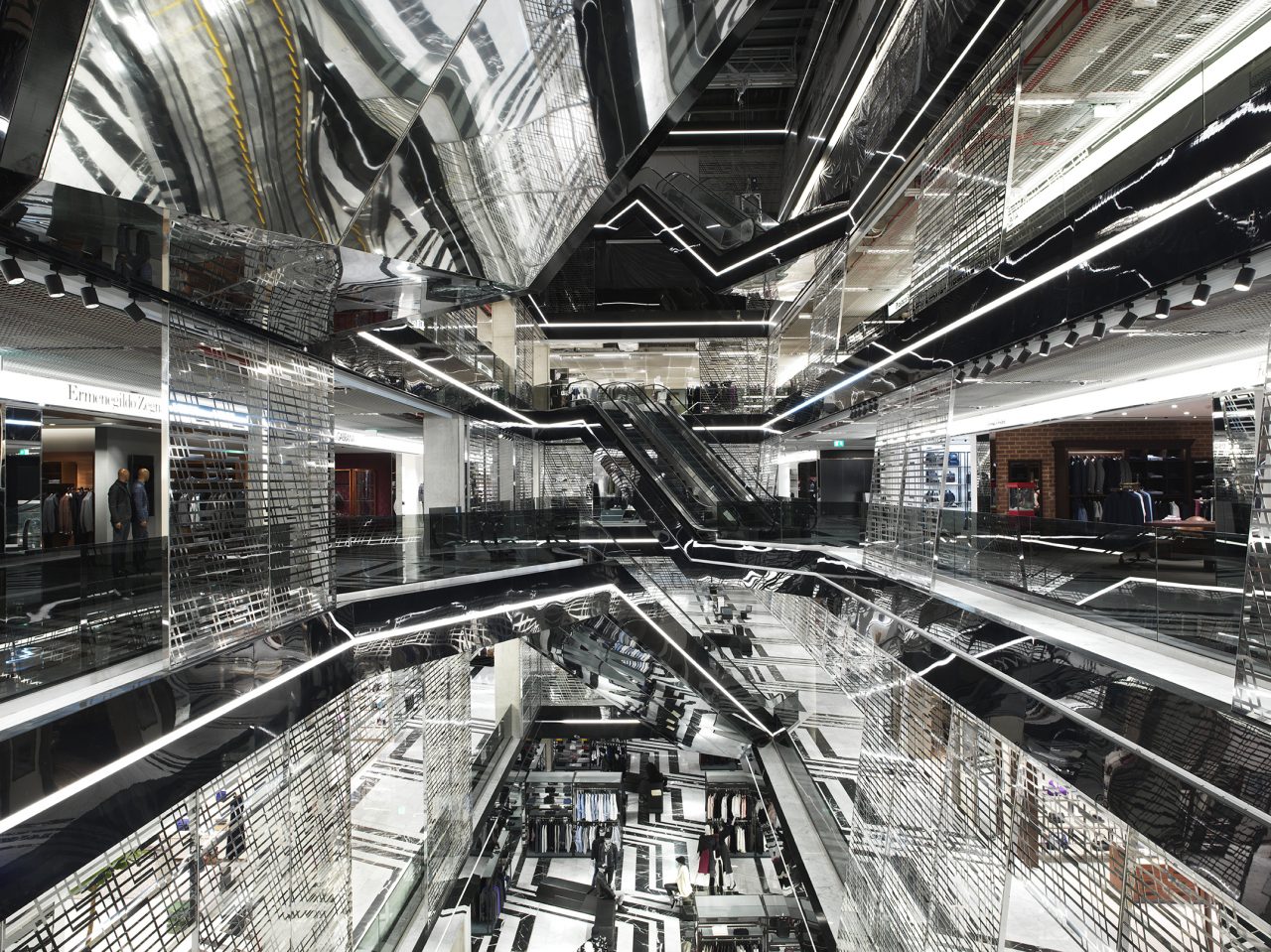Beirut, Lebanon, is a cacophonous architectural palimpsest. Its urban core features a delirious mix of everything from Roman ruins, 12th-century mosques, and 18th-century mansions to Epcot-like open air malls and apartment towers by many of today’s best-known architects. Beirut’s dizzying architectural history and diversity, as well as its prominent artistic and design communities make it an ideal city for any architecture and design aficionado.

Tawlet
All-you-can-eat places don’t normally top lists of must-go destinations, but Tawlet is, without a doubt, an exception. An outgrowth of the farmer’s market and sustainable farming organization Souk El Tayeb, Tawlet invites cooks from different regions of Lebanon to prepare their own local cuisine to help share and preserve the country’s many styles of cooking. Like the food, the liquor flows freely—make sure to pour yourself a glass of arak, a traditional anise-flavored drink of Lebanon, on your way back to one of the narrow communal tables (all elegantly appointed, of course).
12 Naher Street, Sector 79, Chalhoub Building #221st Floor, Jisr el Hadid, Mar Mikhael, Beirut
Above Tawlet the restaurant is Tawlet the hotel. Beit El Tawlet, located in the city’s trendy Mar Mikhaël neighborhood, features just eight unique rooms—four of which opened this past year. Each 1970s-inspired space is decked out with carefully selected design objects and local art, and filled with plants that bask in the abundant natural light. Some rooms have their own outdoor spaces, but all guests can share the big communal terrace.

Beit El Tawlet
Above Tawlet the restaurant is Tawlet the hotel. Beit El Tawlet, located in the city’s trendy Mar Mikhaël neighborhood, features just eight unique rooms—four of which opened this past year. Each 1970s-inspired space is decked out with carefully selected design objects and local art, and filled with plants that bask in the abundant natural light. Some rooms have their own outdoor spaces, but all guests can share the big communal terrace.
12 Naher Street, Sector 79, Chalhoub Building #22, 5th floor, Jisr al Hadid, Mar Mikhael, Beirut

B 018
Beirut nightlife can go all night—and then some—and B 018 doesn’t heat up until at least 2 a.m. The Bernard Khoury–designed club was built in the so-called Quarantine neighborhood, an area that saw some of the worst violence during Lebanon’s 15-year civil war, and the club doesn’t ignore this recent history. B 018 is an extension of Lebanese nightlife icon Naji Gebran’s Music Therapy parties, which he hosted at his home in the 1980s to bring people together and offer healing in the midst of the conflict. Borrowing the architectural language of military structures, in part to reconcile and reinterpret the violence of this very spot, the sunken club feels like a bunker, with a large retractable black metal roof that can open to reveal the night sky, or maybe even the sunrise.
Lot #371, Karantina, Medwar, Beirut

Maryool
This small restaurant features a minimal facade with large windows and pale, terrazzo–accented doors, a visual motif that continues inside, where white walls and terrazzo accents are integrated with a glass-wrapped kitchen that diners can look in on. The food is an international blend with Lebanese influences, featuring small plates, tacos, bowls, and the like, with plenty of options for vegans and vegetarians. For dessert, try the cardamom rice pudding brûlée, which features pistachios, kumquats, and crispy rice.
Pharaon Street, Mar Mikhael, Beirut

Aïshti Foundation
This 35,000-square-foot David Adjaye–designed building in the northern outskirts of Beirut’s urban sprawl is an unusual conglomeration of a bookstore, a spa, restaurants, cafes, and luxury fashion boutiques (Aïshti Foundation’s founder is the retail magnate Tony Salamé). It also features a rooftop bar with confusingly Burning Man–esque aesthetics, which can be ignored in favor of the sweeping Mediterranean view. What makes the Aïshti Foundation actually worth the visit, besides Adjaye’s striking red facade and a zigzagging interior, is a multistory contemporary art foundation, the first show of which was organized by famed Italian curator Massimiliano Gioni.
Seaside Road, Jal El Dib, Lebanon
